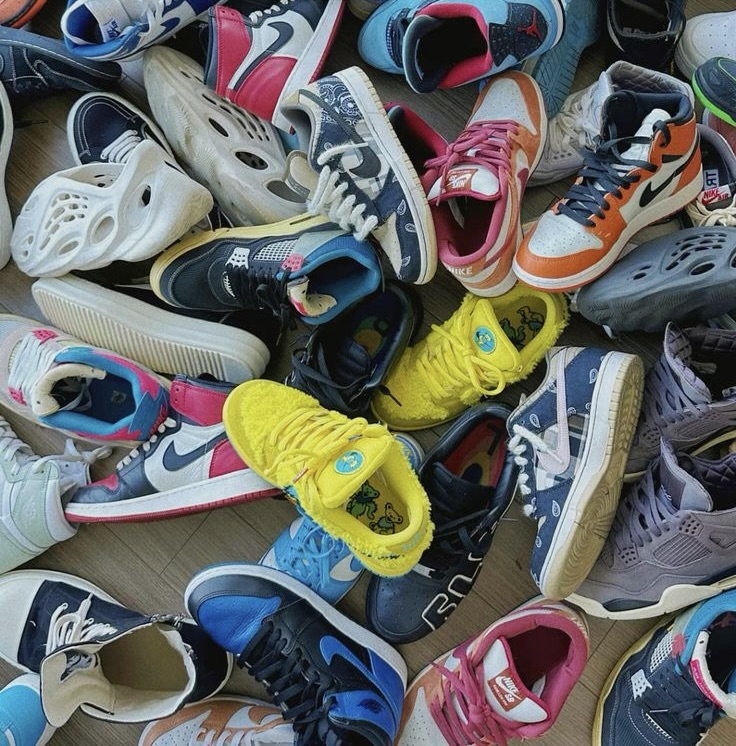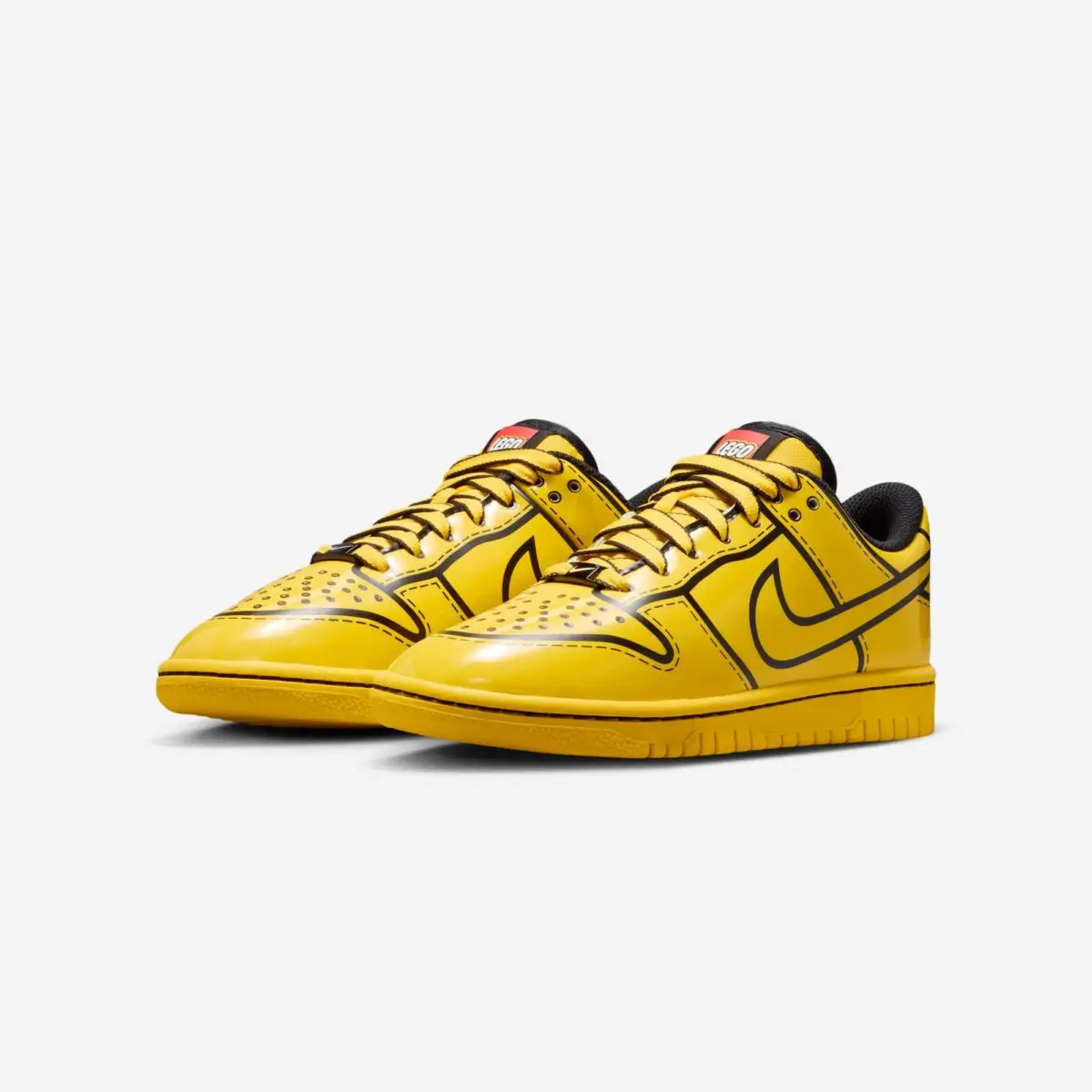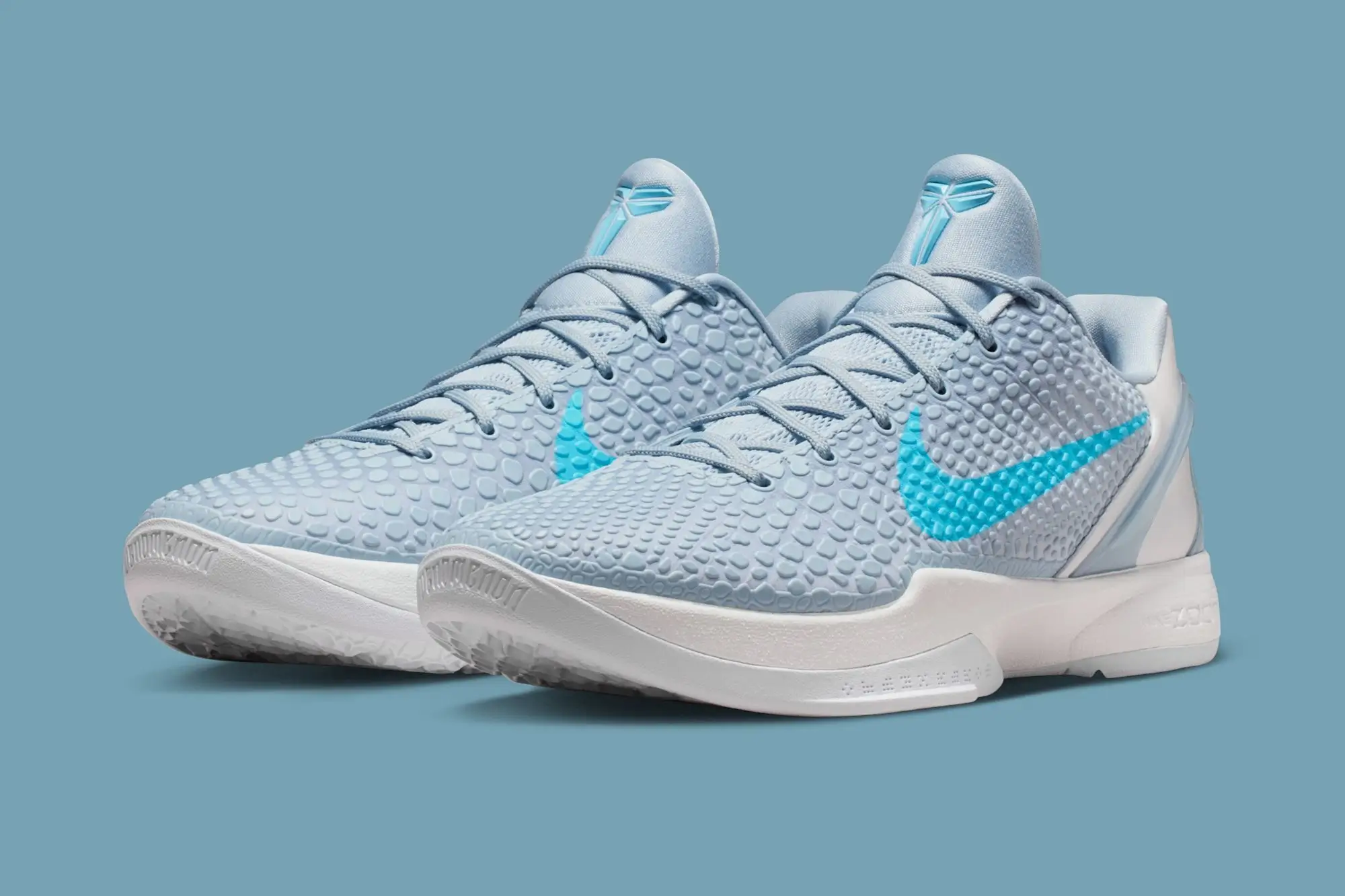The shoe resale industry offers one of the most compelling case studies in modern commerce. What began as a niche subculture of collectors quickly scaled into a multi-billion-dollar ecosystem. Platforms like StockX, GOAT, and Flight Club achieved this by solving three critical challenges: authentication, liquidity through scarcity, and the cultivation of cultural storytelling. In doing so, they turned shoes from consumer goods into financial assets and cultural signifiers.
The furniture resale industry now stands at a similar tipping point. With authenticity, provenance, and storytelling becoming increasingly important, interiors are poised to follow the footwear playbook and unlock new forms of cultural and economic value.
The Power of Verification
The key to the shoe resale boom was authentication. StockX and GOAT grew because they addressed a fundamental trust gap: buyers could not be certain that what they were purchasing was genuine. By introducing expert-driven authentication hubs, these platforms created confidence in every transaction.
The figures underscore the delineation. StockX processes more than $1 billion in annual gross merchandise volume, while GOAT holds a valuation exceeding $3.7 billion. Both owe their scale to the simple premise that verification creates value.
Furniture resale faces the same challenge. Provenance and condition determine value, yet reproductions and inconsistent grading remain common obstacles. A robust authentication system—complete with digital passports, archival records, and condition certifications—would provide the same assurance sneakers enjoy. By introducing credibility, furniture resale platforms could turn a fragmented market into a trusted, liquid ecosystem.
Parallel Market Trajectories
The data confirms the parallels between shoes and furniture.
The sneaker resale market was valued at $10 billion in 2022 and is projected to surpass $30 billion by 2030, growing at an annual rate of roughly 15 percent. Furniture resale, by contrast, already operates at a larger scale, valued between $34 and $40 billion in 2023. It is expected to reach $56 to $60 billion by 2030, with steady growth of 7 to 8 percent annually.
The contrast lies in digitization. Sneakers digitized early, supported by branding and hype-driven infrastructure. Furniture resale remains fragmented, under-digitized, and culturally under-leveraged. Yet the opportunity is evident: the same formula that propelled sneakers can be applied to interiors, with sustainability providing an added catalyst.
Beyond Economics: Identity and Belonging
Resale markets are not merely transactional. Sneakers evolved into a system of belonging. Communities formed around collections, release dates, and shared cultural knowledge.
Furniture carries the same potential. Owning an Eames lounge or a Bellini sofa signals design literacy and cultural awareness. Even modest items like discontinued IKEA models can generate a form of insider identity. Resale platforms that cultivate community, rather than simply commerce, will emerge as cultural leaders.
Impression
The shoe resale market demonstrated how authentication, hype, and storytelling can turn products into cultural assets and multi-billion-dollar businesses. Furniture resale, already a larger market in absolute terms, is primed to undergo the same transformation.
The conditions are in place: iconic products, consumer appetite for sustainability, and a growing emphasis on provenance. What remains is the infrastructure—platforms that combine verification, scarcity, and storytelling into one seamless experience.
No comments yet.








